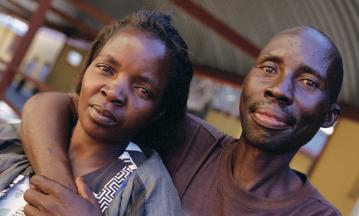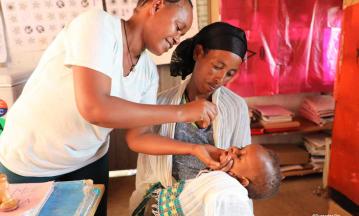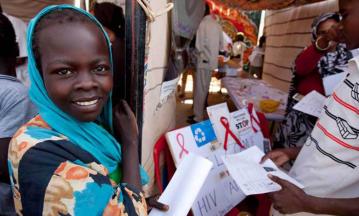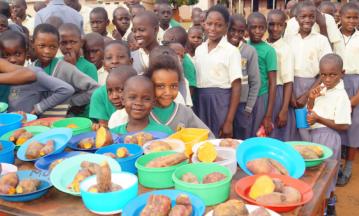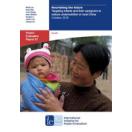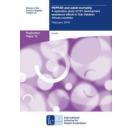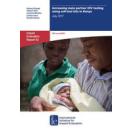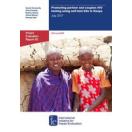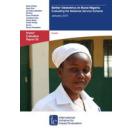Health
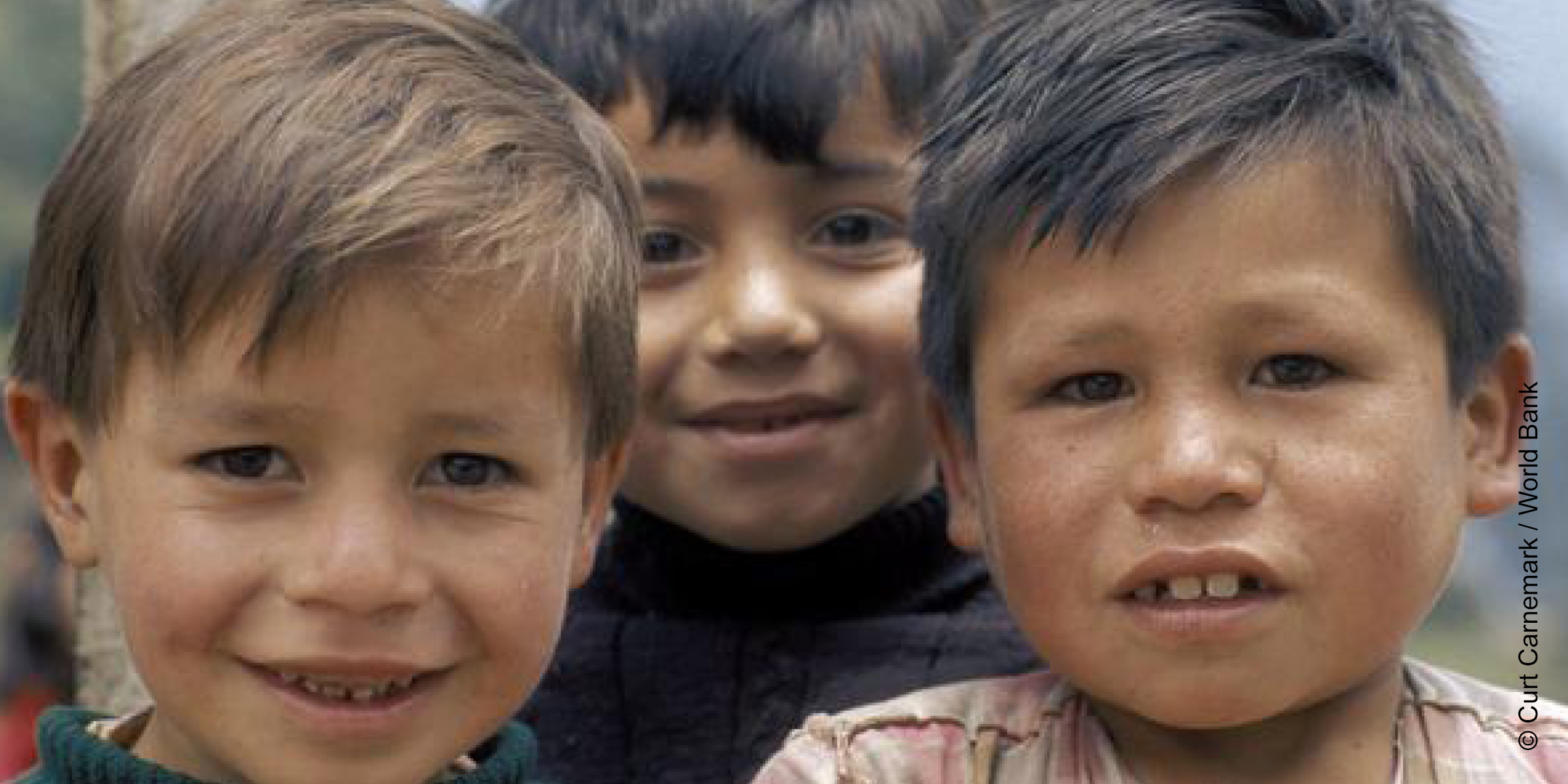
As the number of deaths from infectious diseases decreases, the global rate of death from noncommunicable causes, such as heart disease, is growing. Many developing countries must now face a two-fold burden of disease by continuing to prevent and control infectious diseases while also addressing health threats from noncommunicable diseases and environmental health risks. As the social and economic conditions in developing countries cause improvements in national health systems, additional focus will need to be given to the issues of immunisation, maternal and child health, malnutrition, sexual and reproductive health, neonatal health, and HIV & AIDS.
For more information, please write to info@3ieimpact.org. To receive alerts about call for proposals, please sign up here.

